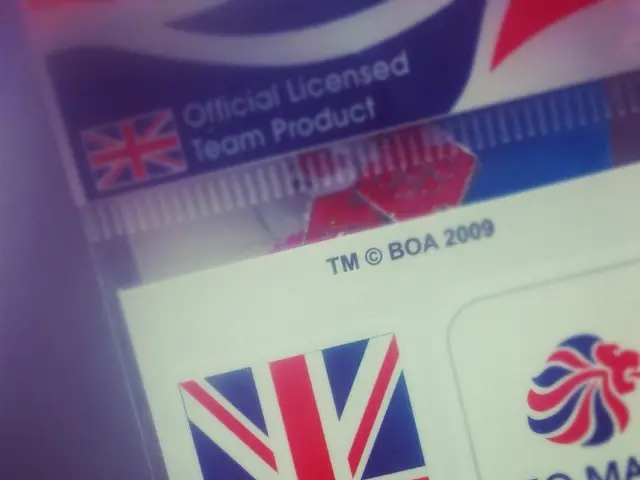A Comprehensive Guide to Stopping Your Dog from Pulling on the Leash
Strategies for Preventing a Dog from Tugging on a Lead
Struggling with a dog that won't quit pulling on the leash? Frustrating, isn't it? But don't worry, your furry friend isn't out to get you. There are usually underlying reasons for this pesky behavior. Let's dive into some expert insights on preventing your pup from pulling and enjoying a blissful, stress-free walk instead.
First things first, temporarily lower your expectations for your dog. APDT-certified dog trainer, Lara Sorisi, explains, "Many owners rush into walking their dog before it's ready, leading to bad habits." Understand that your pup is bombarded with an array of distractions – sights, sounds, scents, and other dogs moving about – making it tough for them to focus on you.
Factors Contributing to Leash Pulling
- Young Age: Puppies may struggle to walk calmly on a leash due to their bouncy gait and immature learning abilities.
- Over-stimulation: Dogs can become overwhelmed or over-stimulated in new environments, making it hard to focus on their owner.
- Excitement: Breeds with high energy levels, like Labradors, may don their superhero capes and dash about during walks because of their excitement.
- Lack of Training: Poor leash manners might stem from insufficient training.
Effective Training Techniques
Static Training
Begin by teaching your dog how to be calm and still in various environments. Lara suggests starting with static training, "This helps understand the goal – a relaxed dog that engages with you." environmental changes and static work can be a game-changer in helping your dog adapt to new surroundings.
Using Treats for Leash Training
Treats can be powerful reinforcements for teaching your dog to walk without pulling. In a quiet outdoor setting (avoid busy roads), reward your dog with treats when they look at you during the walk. This method encourages your dog to stay close without pulling ahead.
Additional Tips and Tricks
- Consistent Training: Keep training sessions positive and rewarding. Persistence and consistency are essential for successful training.
- Use the Best Dog Harnesses for Pulling: Invest in high-quality no-pull harnesses and leashes for better control and comfort.
- Desensitize Your Dog: Gradually get your dog accustomed to wearing the harness and leash before you start walking them.
- Consider No-Pull Collars: No-pull collars like BravoWalk can be beneficial for reducing pulling.
- Evaluate Your Walk Routine: Your walk should begin way before your dog sets paw on the pavement, starting with desensitizing your dog to the harness, leash, and collar.
Embrace the Journey
Teaching your dog to walk without pulling requires time, patience, and consistency. By following Lara's expert advice and employing the right techniques, you'll soon master the art of loose leash walking and enjoy a stress-free stroll with your furry companion.
- Your pet supply store would have the best dog harnesses for pulling, ensuring better control and comfort during leash training.
- Highly energetic breeds like Labradors might pull on the leash due to their excitement, but adopting effective training techniques can help manage this behavior.
- Cat owners might not face the same challenge as dog owners with puppies that pull on the leash, but they can still invest in pet education-and-self-development resources for understanding their pets' lifestyle and behavior.
- Lack of proper training could lead to poor leash manners in your pet, making it crucial to invest time and effort into training sessions for a stress-free home-and-garden experience.
- Embracing the journey of teaching your dog loose leash walking is important, as it requires patience, consistency, and a positive approach.
- When using treats for leash training, remember to start in a quiet outdoor setting and reward your dog when they look at you during the walk, encouraging them to stay close without pulling ahead.
- Static training can help your dog understand the goal of loose leash walking, making it easier for them to adapt to new environments and focus on their owner during walks.








